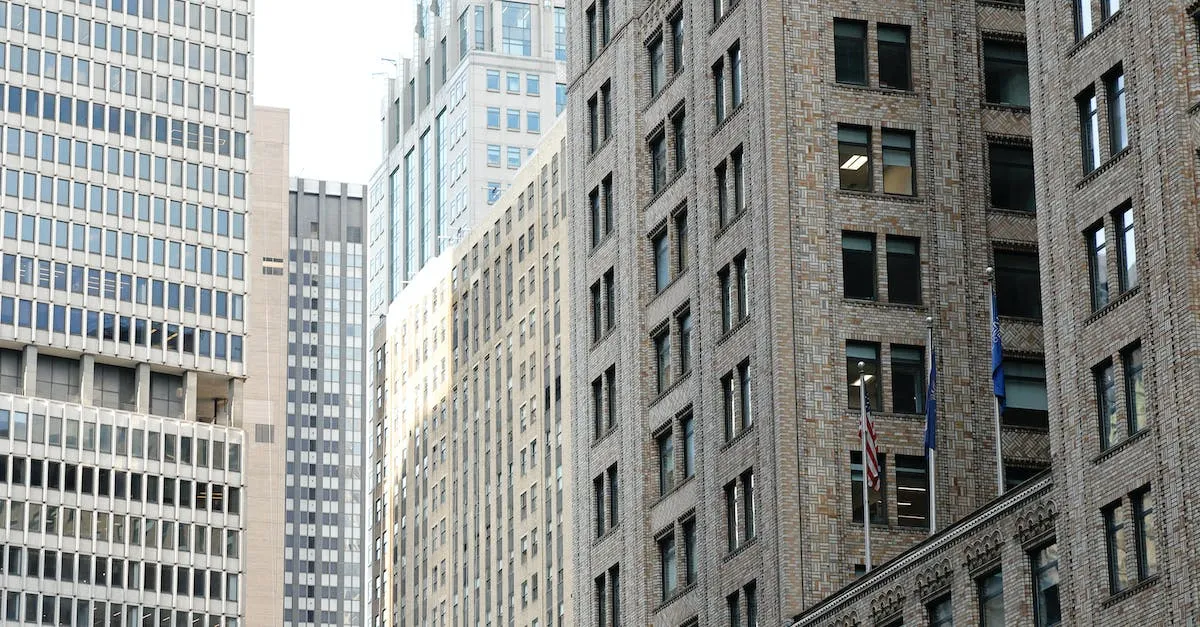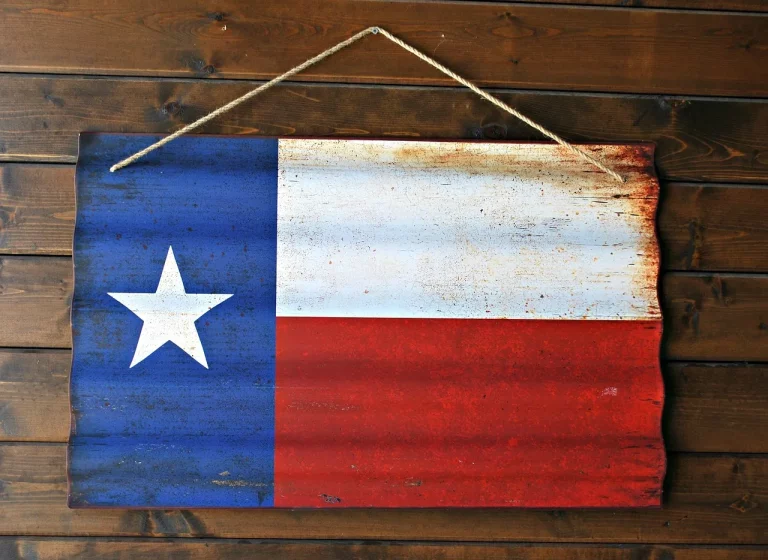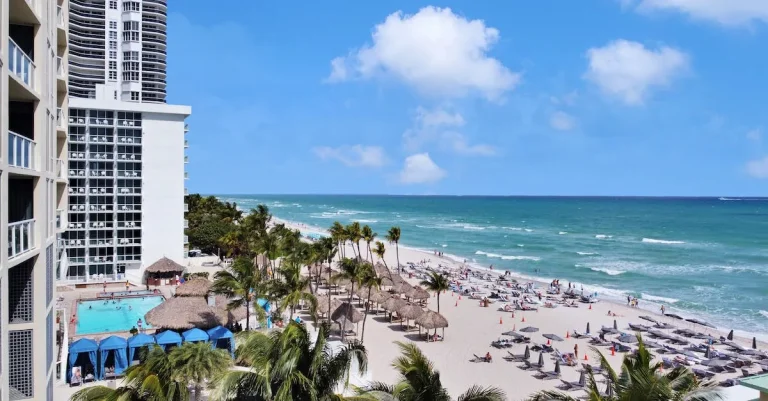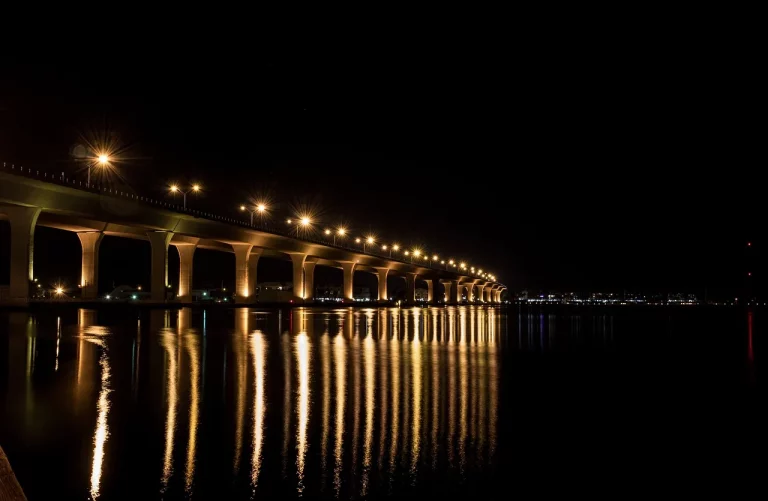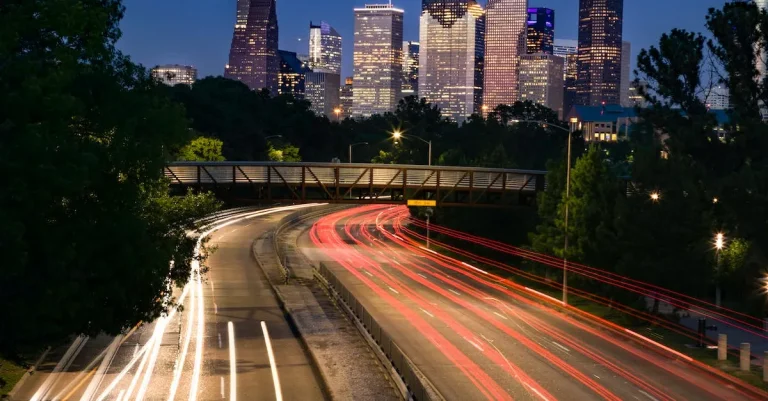Just How Many Buildings Are In New York City? A Deep Dive Into The Big Apple’S Structures
New York City’s skyline is one of the most iconic in the world. From the towering skyscrapers of Manhattan to the brownstone townhouses of Brooklyn, the city’s diverse architecture is unparalleled.
If you’re wondering exactly how many buildings make up New York City’s urban jungle, read on. We’ll explore the history of the city’s development and growth to arrive at a clear count of structures within the five boroughs.
If you’re pressed for time, here’s a quick answer: there are over 1 million buildings in New York City across the five boroughs of Manhattan, Brooklyn, Queens, the Bronx, and Staten Island.
The History of Building in NYC
New York City is renowned for its iconic skyline, boasting countless buildings that have become symbols of the city’s rich history and culture. The story of building in NYC is a fascinating one, marked by significant milestones and architectural achievements.
Let’s take a deep dive into the history of building in the Big Apple.
Early Settlements
The origins of building in New York City can be traced back to the early settlements of the 17th century. In the 1600s, Dutch colonists established the settlement of New Amsterdam, which would later become New York City.
During this time, the buildings were predominantly small, wooden structures that lined the narrow streets of the growing city.
The Grid Plan of 1811
In 1811, the city commissioners of New York implemented the historic Commissioners’ Plan, commonly known as the “Grid Plan.” This plan laid out a rectangular street grid system that still shapes the city’s layout today.
The Grid Plan allowed for the expansion of the city and the construction of more buildings, as it provided a clear framework for development.
Early Skyscrapers and Boom Times
The late 19th and early 20th centuries marked a period of great growth and innovation in NYC’s building industry. The introduction of steel-frame construction techniques paved the way for the construction of the city’s first skyscrapers.
One of the most notable examples is the iconic Flatiron Building, completed in 1902. This era of boom times saw the city’s skyline transform, as towering buildings began to dominate the landscape.
Post-War Development
Following World War II, New York City experienced a period of rapid post-war development. The city’s population grew, and there was a need for new housing and infrastructure. This led to the construction of large-scale residential complexes, such as the famous Stuyvesant Town and Peter Cooper Village.
Additionally, the development of commercial buildings, such as the World Trade Center, further shaped the city’s skyline and solidified its status as a global economic hub.
The history of building in NYC is a testament to the city’s resilience, innovation, and ambition. From its humble beginnings as a Dutch settlement to its status as a world-renowned metropolis, New York City’s buildings tell a story of growth and progress.
To learn more about the fascinating history of NYC’s architecture, visit nycgovparks.org.
Counting Buildings by Borough
When it comes to counting buildings in New York City, each borough has its own unique architectural landscape. Let’s take a closer look at the number of buildings in each borough:
Manhattan
Manhattan, the heart of New York City, is known for its iconic skyscrapers and bustling cityscape. With its dense population and vibrant business district, it’s no surprise that Manhattan has the highest number of buildings in the city.
According to the latest data, there are over 80,000 buildings in Manhattan alone. From the towering skyscrapers of Midtown to the historic brownstones of the Upper East Side, Manhattan’s diverse range of buildings adds to its unique charm.
Brooklyn
Brooklyn, the most populous borough in New York City, is a melting pot of cultures and architectural styles. From the iconic brownstones of Brooklyn Heights to the modern high-rises of Downtown Brooklyn, this borough has a rich architectural heritage.
The latest count reveals that Brooklyn is home to approximately 70,000 buildings. With its vibrant neighborhoods and thriving arts scene, Brooklyn continues to attract residents and visitors alike.
Queens
Queens, known for its diverse population and residential neighborhoods, boasts a vast number of buildings. From single-family houses in suburban areas to apartment complexes in bustling neighborhoods like Long Island City, Queens has a wide range of architectural styles.
The borough is estimated to have around 60,000 buildings, making it a significant contributor to New York City’s skyline.
The Bronx
The Bronx, often referred to as the birthplace of hip-hop, is home to a mix of residential and industrial buildings. From the iconic art deco buildings in Grand Concourse to the historic rowhouses in neighborhoods like Morris Park, the Bronx has a unique architectural character.
The latest count estimates that there are approximately 50,000 buildings in the borough.
Staten Island
Staten Island, the least populated borough of New York City, has a more suburban feel compared to the other boroughs. With its abundance of single-family homes and spacious neighborhoods, Staten Island offers a quieter and more laid-back lifestyle.
The borough is estimated to have around 40,000 buildings, reflecting its unique suburban charm.
While these numbers provide a rough estimate of the number of buildings in each borough, it’s important to note that they can vary over time due to new construction and changes in the city’s landscape.
To get the most accurate and up-to-date information, it’s recommended to refer to official sources such as the official website of the City of New York.
Notable and Historic NYC Buildings
Empire State Building
The Empire State Building is one of the most iconic landmarks in New York City. Standing at a staggering height of 1,454 feet (including its antenna), it was once the tallest building in the world. Completed in 1931, this Art Deco masterpiece has 102 floors and offers breathtaking views of the city from its observation deck on the 86th floor.
It remains a symbol of New York’s resilience and ambition.
Chrysler Building
The Chrysler Building is another architectural gem that graces the New York City skyline. Built in 1930 and standing at 1,046 feet, it held the title of the tallest building in the world for just 11 months before being surpassed by the Empire State Building.
Known for its distinctive Art Deco style, the Chrysler Building is adorned with stainless steel spires and intricate ornamentation, making it a true marvel of design.
Flatiron Building
The Flatiron Building is a beloved New York City landmark that is instantly recognizable. Located at the intersection of Fifth Avenue and Broadway, this triangular-shaped building was completed in 1902 and stands at 285 feet tall.
Its unique design and prominent location have made it a popular subject for photographers and artists alike. Despite its small footprint, the Flatiron Building has become an enduring symbol of the city’s architectural ingenuity.
Woolworth Building
The Woolworth Building, completed in 1913, is another notable structure in New York City. It was once the tallest building in the world and held that title for 17 years. Designed in the Gothic Revival style, this 792-foot skyscraper features intricate terracotta detailing and a stunning lobby.
The Woolworth Building is a testament to the grandeur and ambition of the early 20th-century New York City skyline.
The Plaza Hotel
The Plaza Hotel is not only a renowned luxury hotel but also a historic landmark in New York City. Located on the corner of Central Park South and Fifth Avenue, this elegant Beaux-Arts style building has been a symbol of opulence and sophistication since its opening in 1907.
The Plaza Hotel has played host to countless celebrities, world leaders, and socialites, making it an integral part of New York City’s cultural history.
These notable and historic buildings in New York City are not only architectural marvels but also part of the city’s rich heritage. They serve as reminders of the city’s constant evolution and its ability to captivate and inspire visitors from around the world.
Other Types of Structures
Bridges
New York City is famous for its iconic bridges, connecting different boroughs and providing essential transportation routes. Some of the most well-known bridges include the Brooklyn Bridge, George Washington Bridge, and the Verrazano-Narrows Bridge.
These architectural marvels not only serve as vital transportation links but also offer breathtaking views of the city’s skyline and waterways. The Brooklyn Bridge, for example, is not only a historical landmark but also a popular tourist attraction, attracting millions of visitors each year.
Tunnels
In addition to bridges, New York City is home to various tunnels that play a crucial role in the city’s transportation infrastructure. The Lincoln Tunnel and the Queens-Midtown Tunnel are two of the most significant tunnels in the city.
These tunnels enable commuters to travel efficiently between Manhattan and neighboring areas, reducing traffic congestion on the streets above. The engineering and construction behind these tunnels are nothing short of remarkable, allowing for the seamless movement of vehicles beneath the bustling city streets.
Piers
As a coastal city, New York has numerous piers that serve as docking points for ships, ferries, and recreational activities. The Hudson River Park, for example, stretches along the city’s west side and features several piers that offer stunning views of the river and the surrounding area.
Piers not only serve as transportation hubs but also provide spaces for leisure activities, such as waterfront dining, fishing, and even concerts or events during the warmer months. They are an integral part of the city’s maritime heritage and continue to play a vital role in its economic and recreational activities.
Public Housing Projects
New York City is known for its diverse neighborhoods and population, and providing affordable housing is a crucial aspect of ensuring the well-being of its residents. The city has implemented various public housing projects to address the housing needs of low-income individuals and families.
The New York City Housing Authority (NYCHA) operates numerous developments throughout the five boroughs, providing affordable housing options to thousands of New Yorkers. These projects are designed to provide safe and decent housing, offering amenities and services to support the residents’ needs.
For more information on New York City’s structures and landmarks, you can visit NYCgo.com, the official tourism website for the city, or explore the resources provided by the official website of the City of New York.
The Total Number of Buildings in New York City
When it comes to counting the number of buildings in New York City, the task is no small feat. With its iconic skyline and bustling streets, the Big Apple is home to a staggering number of structures. Let’s take a deep dive into just how many buildings exist in this vibrant metropolis.
Overview of Counts by Borough
New York City is made up of five boroughs: Manhattan, Brooklyn, Queens, The Bronx, and Staten Island. Each borough has its own unique architectural landscape, contributing to the diverse array of buildings found throughout the city.
Manhattan, the heart of the city and home to renowned landmarks such as Times Square and Central Park, boasts the highest number of buildings. With its dense population and towering skyscrapers, it’s no surprise that Manhattan is a hub of architectural marvels.
Brooklyn, on the other hand, offers a mix of residential and commercial buildings. From historic brownstones to modern high-rises, this borough showcases a blend of old and new architectural styles.
Queens, known for its ethnic diversity and vibrant neighborhoods, is also home to a significant number of buildings. With its diverse population and thriving business districts, Queens has seen a surge in construction projects in recent years.
The Bronx, often associated with its famous Yankee Stadium, features a mix of residential buildings, commercial spaces, and industrial structures. This borough is known for its unique architectural heritage, including the iconic art deco buildings found in the Grand Concourse area.
Staten Island, the least populated borough, still has its fair share of buildings. From suburban homes to commercial complexes, Staten Island offers a different perspective on New York City’s architectural landscape.
Other Structures
While buildings are the primary focus when counting the structures in New York City, it’s important to note that there are other notable structures that contribute to the city’s overall character.
One such example is the extensive network of bridges that connect the different boroughs. From the iconic Brooklyn Bridge to the Verrazzano-Narrows Bridge, these infrastructural marvels play a vital role in the city’s transportation system.
Parks and recreational areas also make up a significant portion of the city’s structures. Central Park alone spans over 840 acres and is home to numerous buildings, including the iconic Belvedere Castle and Bethesda Terrace.
Final Total Count
While it’s difficult to provide an exact number of buildings in New York City due to the constant development and changes in the cityscape, estimates put the count in the hundreds of thousands. The sheer scale and diversity of structures in the Big Apple make it a truly remarkable urban landscape.
For more information on New York City’s buildings, you can visit the official website of the City of New York. Here, you can find detailed data and information about the city’s architecture, construction projects, and more.
Conclusion
With over 1 million buildings spread across its diverse boroughs, New York City has an architectural legacy like no other place in the world. From iconic skyscrapers to historic brownstones, the city’s varied buildings tell the story of its development into the bustling metropolis it is today.
The next time you’re walking the streets of New York, take a moment to appreciate the sheer number of structures–over 1 million–that make it one of the greatest cities on earth.

